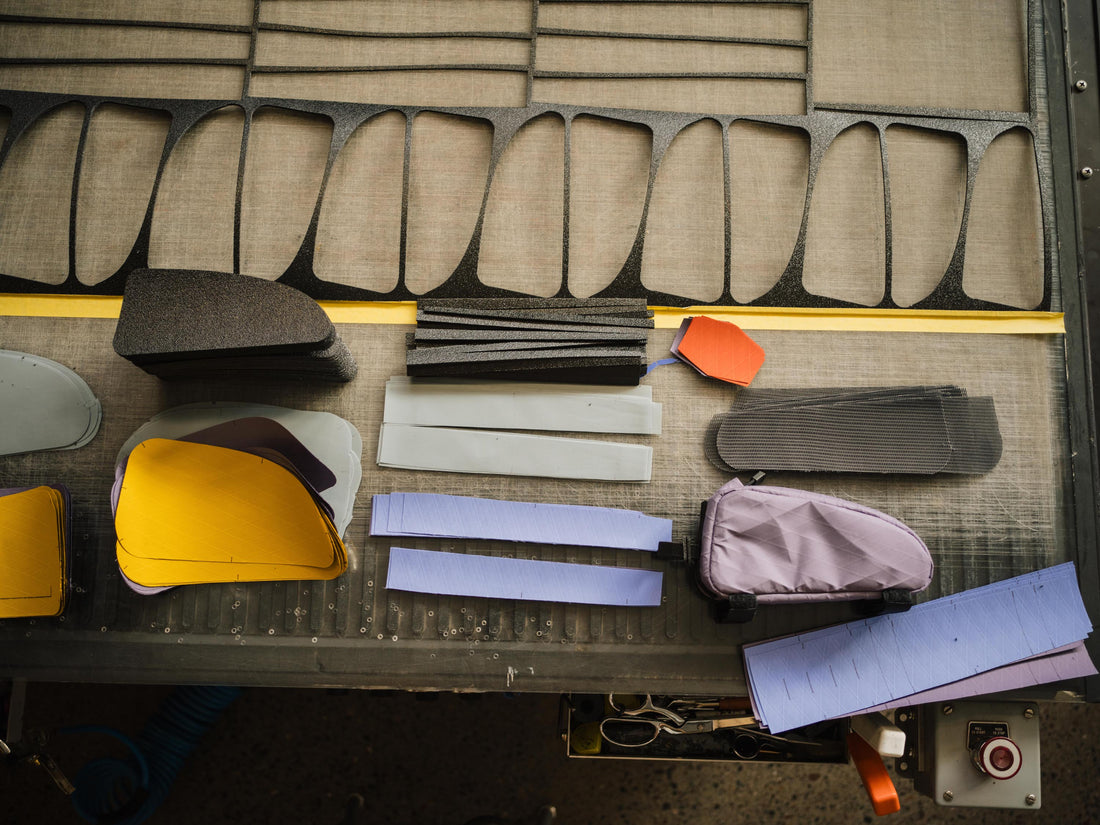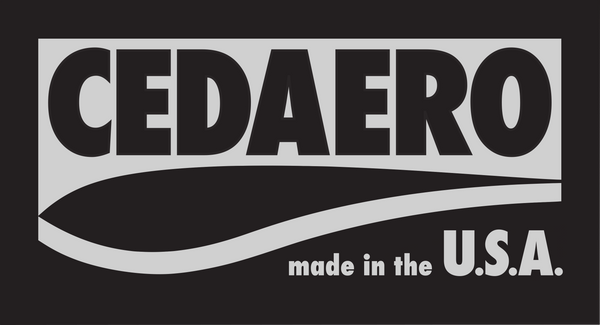
Making Packs in the USA - Reflections from the Cedaero Workshop
Words by Karl Mesedahl
Photos courtesy of Graham Tolbert and Josh Kowaleski
Sometimes I have moments that cause me to reflect on why weʼre doing what weʼre doing. Like today, when I received emails from two separate factories who are offering to produce our packs overseas at a very low cost. Iʼm constantly bombarded by offers from Vietnam and China, and many of the samples they show us genuinely look very nice… So why are we trying so hard to make them here?



In this vein, it might be helpful to explain the general arc that the outdoor gear industry has taken over the past 40+ years. Many of the brands we recognize and love (Osprey, Jansport, Patagonia, etc) were founded in the 1970ʼs or 1980ʼs by one or two people who were passionate about the outdoors and started making stuff in their basement/garage. As the popularity of outdoor recreation exploded in the following decades, they rode that wave to grow their brands and expand their offerings.
Most of these founders have now hit or are approaching retirement age, and their companies have been sold to larger conglomerates or private equity groups (the VF Outdoors, Invista, and PONʼs of the world) who have used their resources and connections to apply a different model of design and manufacturing. Instead of the design/prototyping and manufacturing happening under the same roof, many companies utilize pattern designers at the factories overseas to make their products. Those factories will send design samples, the options and colorways will be carefully reviewed by an aesthetic designer at the brand, and then the pack will be manufactured at the factory and shipped for the next season. Now, those factory-based pattern designers are really good at what they do and all of us have used and loved products theyʼve designed. But it sets up a very different system for the industry, where the brandʼs designers are choosing options from a menu and generating colorways in lieu of sketching ideas, cutting parts, sewing them together, then making adjustments until the ideal version is put into production. Combined with the substantially lower cost of overseas manufacturing, this system is leveraged by the large brands so they can make more money off of their products and keep retail prices low.

The bike packing industry is comparatively younger than the larger outdoor industry (climbing/backpacking/skiing/etc.) and in some ways looks closer to what things were like in the 80ʼs and 90ʼs. There are many small “garage makers” designing and manufacturing unique packs and pushing innovation at a rapid rate. Many of these brands have chosen to only sell directly to customers instead of through a local bike shop simply because their cost of design and manufacture is so much higher than the other products on the shelf which have been produced overseas. The pricing structure has been set using those low production costs, and weʼve become used to paying those prices!
Cedaero sits squarely in between the small “garage maker” and the large brands producing overseas (Bontrager, Blackburn, Topeak, etc). Weʼve chosen to keep our design and manufacturing in-house, and weʼve also chosen to use material that is made in the USA where we know what environmental standards the factories are held to (something that cannot be said for most imported fabric). We also sell wholesale to local bike shops. These things add up to mean that our margins are significantly slimmer than if we had our products made overseas or used imported fabric. Essentially, weʼre playing a game whose rules have been set using low costs of materials and labor, and high costs to the environment.

At the end of the day, weʼre still figuring out how to make this work - how to play within the system to stay afloat and hopefully re-write some rules around how and why things can be made by our own hands in exchange for a living wage. Weʼre figuring out how to set our prices at what the market will accept while still paying our bills and eeking out a little profit. Weʼre also learning how to tell our story effectively in between designing and making packs. Many people are surprised when they visit Cedaero that weʼre only a team of 8 people who work in 600 square feet, not a large factory with a large warehouse. And yes, the same people who are designing and sewing your packs are answering the phone, responding to emails, taking photos, running our instagram, and going to events that we sponsor (and having borderline too much fun most days!).
Thanks for being a part of our community and supporting the people who make your packs. You're the reason we get to do this at all, and we're incredibly grateful! If you're ever passing through our corner of Lake Superior's north shore, our doors are open and we'd love to meet you.
- Karl Mesedahl
general manager of Cedaero chaos



